
skirt / spódnica – MLE Collection
swimsuit / kostium kąpielowy – Moiess
shoes / klapki – Saint Laurent
bag / torba – CHANEL
Recently, there has been much fuss about beach fashion and everything around it. Even though no more than a week ago, I came across a man wearing only briefs at my grocery store, I feel that a considerable part of tourists is trying to adjust the generally accepted norms and avoid parading around the city half naked. In this post, however, I won’t be focusing on the obvious issues – I’m sure that the readers of Makelifeeasier.pl are well aware that the beach is a beach and the city is still a city.
There exist many canons of holiday outfits that are more difficult to spot right away. Resting is not about racking one’s brain about whether we’re dealing with some kind of faux-pas, but I think that no one likes a situation when our shortcomings in upbringing lead to other people’s confusion. Some will think – stop exaggerating, me running through a restaurant and ordering a coke is not that big of a deal, that will only take a moment and I’m back at the beach in next to no time – not going into much detail, I’ll just say that no waiter or restaurant manager won’t say a word in my home town, Sopot, but abroad there’s a risk of a short sharp exchange of opinions if you don’t follow the generally accepted beach etiquette. These rules, however, aren’t a result of the restaurant staff having a snob nature, but a result of taking care of other guests. I think that regardless of whether we are sunbathing in Biarritz, on the coast of Amalfi, camping on a peninsula, or at a stone’s throw away from Jastarnia, it’s best to follow the highest standards.
1. I chose this beach already some time ago.
The beach savoir-vivre is not only about the outfit. Especially in case you chose the sunny Italy as your holiday destination, remember that people approach the topic of taking a scrap of the beach for yourself differently. The Italians really appreciate their space, but, at the same time, they are very meticulous in avoiding to trespass the space of other beachgoers. They also try to take as little space as possible – only as much as they need, which is very important at rocky and narrow beaches. I remember how after a three-hour hike (you can read the blood-curdling post here), I made it to the famous Cala Goloritze on Sardinia. Each beachgoer had a really tiny towel, no larger than hand towels, all items such as shoes, clothes, or water bottles were placed in order behind them, instead of being scattered all around, and even despite the fact that the beachgoers were setting up their austere camps very close to each other (there were plenty of people and the beach was really tiny), each person was trying not to disrupt the peace of other people around them. No one was skimming three square metres with a windbreaker or other items – the beach was perceived to be common good requiring compromises and humbleness.
2. When a swimsuit is not enough?
In order to avoid talking about the beach dress code for hours on end, I’ll put it as simple as possible. If we want to sit at a table to eat or drink, regardless of whether it’s a restaurant or a beach, fish and chip shops, or hotel terrace by the pool, we should wear some clothes (and not only cover ourselves with a towel). An airy even slightly see-through dress is enough in case of a bikini or a pareo, shorts, or a skirt in case of a one-piece swimsuit. Men have a simple task, it’s enough for them to forego wearing close-fitting swim shorts and replace them with regular shorts – then, it’s enough to wear a t-shirt (or even better – an airy shirt). If the tables are located on the beach, we should be wearing some kind of footwear.
Some claim that if we are ordering food to the deck chair, we should also wear clothes if the meal requires using cutlery (when we are using a fork and a knife we are forced to acquire the same position to the one by the table as well).
3. When in Rome, do as the Romans do.
The above-mentioned rules are surely valid in Europe, but it’s also great to remember about some regional nuances. In Poland, topless sunbathing is seen as something eccentric, but you shouldn’t be surprised that it’s something ordinary on the southern coast of France.
At most Italian beaches, local dwellers are really silent and calm, and there is an unwritten rule not to bring your own food to the beach. Don’t be surprised when a moment after you spread your towel on the sand, a waiter appears out of nowhere by your side wanting to take your order – it means that the beach is, in fact, private and you need to hire a deck chair or order something to eat if you want to use it (it often happens that you are simply required to pay an entrance fee).
I’m sure that some of you have discovered other nuances that you should follow to avoid awkward situations. I’ll eagerly read about them in the comments. By the way, I’d like to also inform you about the MLE Collection sale. You can buy all products at lower prices starting from Friday.
* * *
O modzie plażowej i „około plażowej” mówi się w ostatnim czasie całkiem sporo. I chociaż nie dalej niż tydzień temu spotkałam w swoim warzywniaku pana ubranego w same slipki, to mam wrażenie, że spora część turystów stara się dostosować do ogólnie przyjętych norm i nie paradować po mieście na wpół nago. W tym wpisie nie będę więc skupiać się na tak oczywistych kwestiach – jestem pewna, że Czytelniczki Makelifeeasier.pl doskonale zdają sobie sprawę, że plaża to plaża, a miasto to miasto.
Istnieje jednak wiele kanonów wakacyjnego stroju, które trudniej wyłapać na pierwszy rzut oka. W wypoczynku nie chodzi co prawda o to, aby wciąż zakrzątać sobie głowę tym, czy nie popełniamy jakiegoś faux-pas, ale chyba nikt z nas nie lubi sytuacji, kiedy nasze braki w wychowaniu powodują konsternacje wśród innych. Niektórzy pomyślą sobie – bez przesady, co to za problem, że przebiegnę w kostiumie kąpielowym przez tę restaurację i zamówię przy barze colę, przecież to tylko moment i zaraz wracam na plażę – nie wdając się w szczegóły, powiem tylko, że o ile w moim rodzimym Sopocie pewnie żaden menadżer ani kelner nie zwrócą Wam uwagi, to za granicą istnieje ryzyko ostrej wymiany zdań, jeśli nie zastosujecie się do ogólnie przyjętej plażowej etykiety. Te zasady nie biorą się jednak z bufoniarstwa restauracyjnego personelu, a z troski o komfort pozostałych gości. W moim przekonaniu niezależnie od tego, czy opalamy się w Biarritz, na wybrzeżu Amalfi, półwyspowym campingu czy nieopodal Jastarni warto spełniać najwyższe standardy.
1. Zaklepałam sobie tę plażę.
Plażowy savoir-vivre nie dotyczy jedynie stroju. Zwłaszcza jeśli za kierunek wybraliście sobie słoneczną Italię to pamiętajcie, że inaczej podchodzi się tam do tematu „zagarniania plaży” dla siebie. Włosi bardzo cenią sobie swoją przestrzeń, ale jednocześnie skrupulatnie dbają o to, aby nie naruszać przestrzeni innych osób. Starają się też nie zagarniać zbyt wiele miejsca – tylko tyle ile trzeba, a to na wąskich i skalistych plażach jest bardzo ważne. Pamiętam, jak po trzygodzinnej wspinaczce (mrożący krew w żyłach wpis przeczytacie tutaj) dotarłam do słynnej Cala Goloritze na Sardynii. Każdy miał tam ręcznik nie większy niż te używane do rąk, wszystkie przedmioty takie jak buty, ubranie czy butelka wody były ustawione na nim, a nie porozrzucane naokoło i chociaż plażowicze rozkładali swoje ascetyczne obozy bardzo blisko siebie (ludzi było mnóstwo a plaża maleńka), to każdy dbał o to, aby swoją obecnością nie naruszać spokoju innych osób. Nie było mowy o tym, aby ktoś zagarnął sobie trzy metry kwadratowe parawanem, czy innymi sprzętami – plaża, jako dobro wspólne, wymaga ze strony zwiedzających kompromisów i pokory.
2. Kiedy kostium to za mało?
Aby specjalnie się nie rozwodzić, na temat plażowego dresscode'u ujmę to najprościej, jak się da. Jeśli siadamy do stołu, to niezależnie od tego, czy jest to restauracja na plaży, smażalnia ryb czy hotelowy taras przy basenie, powinniśmy się ubrać (a nie tylko owinąć ręcznikiem). Wystarczy zwiewna, nawet prześwitująca sukienka w przypadku bikini lub pareo, szorty albo spódnica w przypadku kostiumu jednoczęściowego. Mężczyźni mają proste zadanie, bo wystarczy, że zrezygnują z obcisłych kąpielówek i zastąpią je szortami – wtedy wystarczy, że włożą t-shirt (albo jeszcze lepiej – przewiewną koszulę). O ile stoliki nie są ustawione na piasku, to powinniśmy mieć na nogach obuwie.
Niektórzy twierdzą, że jeśli do leżaka zamawiamy jedzenie, to również powinniśmy się ubrać, jeśli posiłek wymaga użycia sztućców (posługując się nożem i widelcem także jesteśmy zmuszeni do przyjęcia pozycji podobnej do tej przy stole).
3. Co kraj to obyczaj.
Powyższe zasady sprawdzą się z pewnością w całej Europie, ale dobrze jest też pamiętać o pewnych regionalnych niuansach. W Polsce opalanie się topless jest uważane za coś ekscentrycznego, ale niech nie zdziwi Was fakt, że na południowym wybrzeżu Francji już zupełnie nie.
Na większości włoskich plaż tubylcy są naprawdę bardzo bardzo cicho, a niepisaną zasadą jest nieprzynoszenie ze sobą własnego jedzenia. Nie zdziwcie się jeśli minutę po tym, jak rozłożycie swój ręcznik, znikąd pojawi się kelner, który będzie chciał przyjąć zamówienie – to oznacza, że plaża w gruncie rzeczy jest prywatna i aby na niej przebywać należy wynająć leżak lub zamówić coś do jedzenia (często trzeba też po prostu zapłacić za wstęp).
Jestem pewna, że niektóre z Was odkryły jeszcze inne niuanse, których przestrzeganie pozwoli nam uniknąć skrępowania. Bardzo chętnie poczytam o nich w komentarzach. Przy okazji tego wpisu chciałabym też poinformować Was o wyprzedaży MLE Collection. Od piątku można kupić wszystkie produkty w niższej cenie.
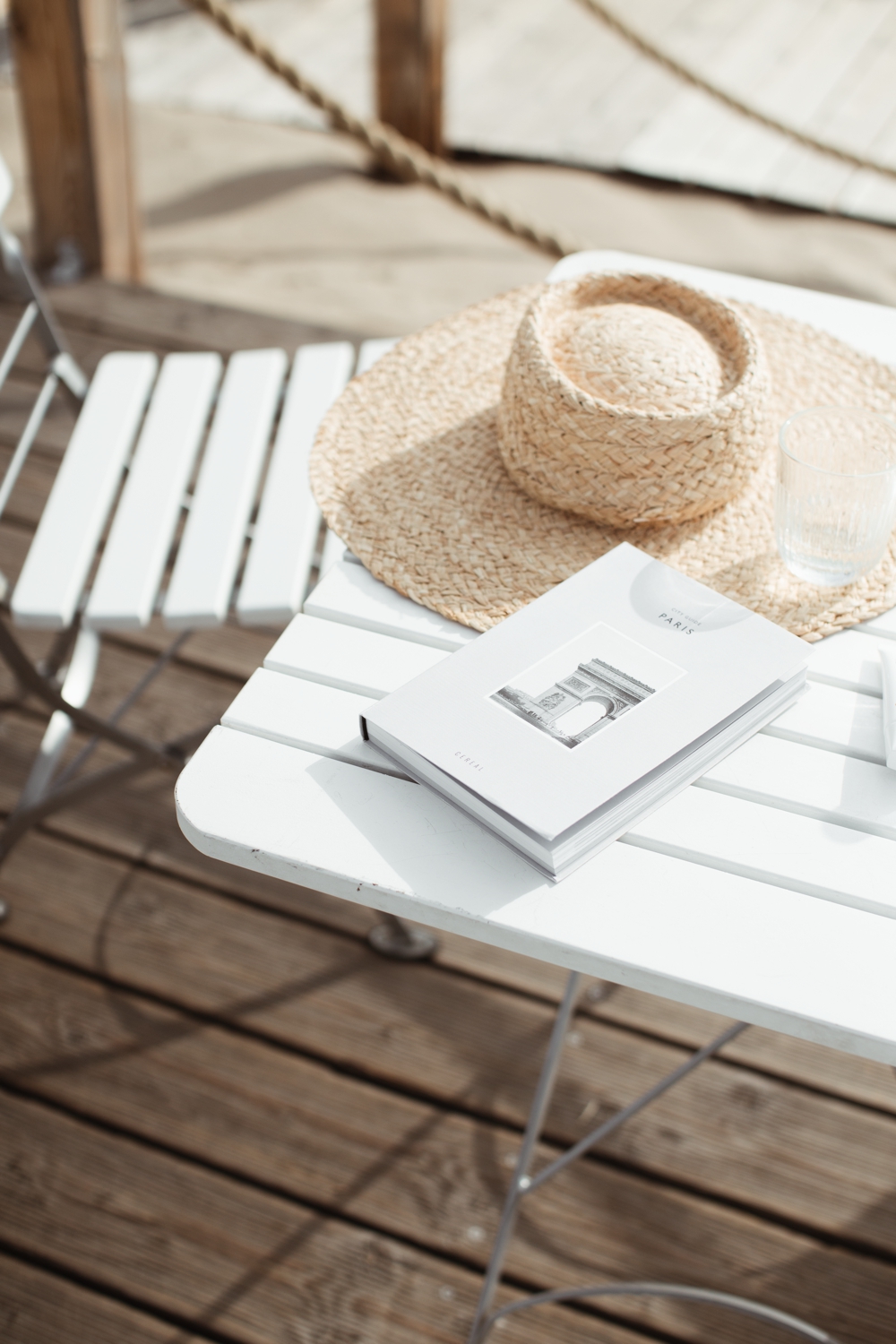

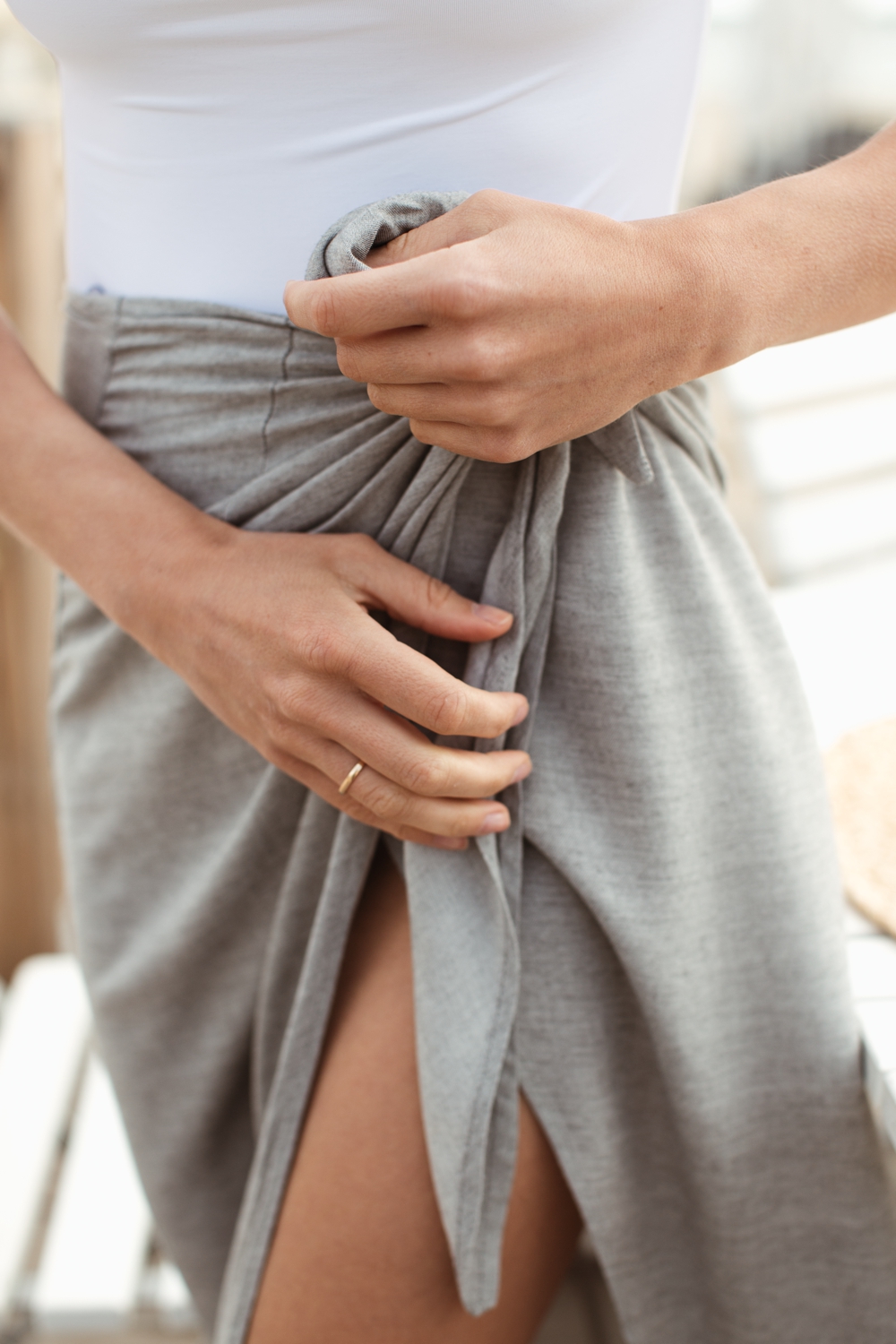
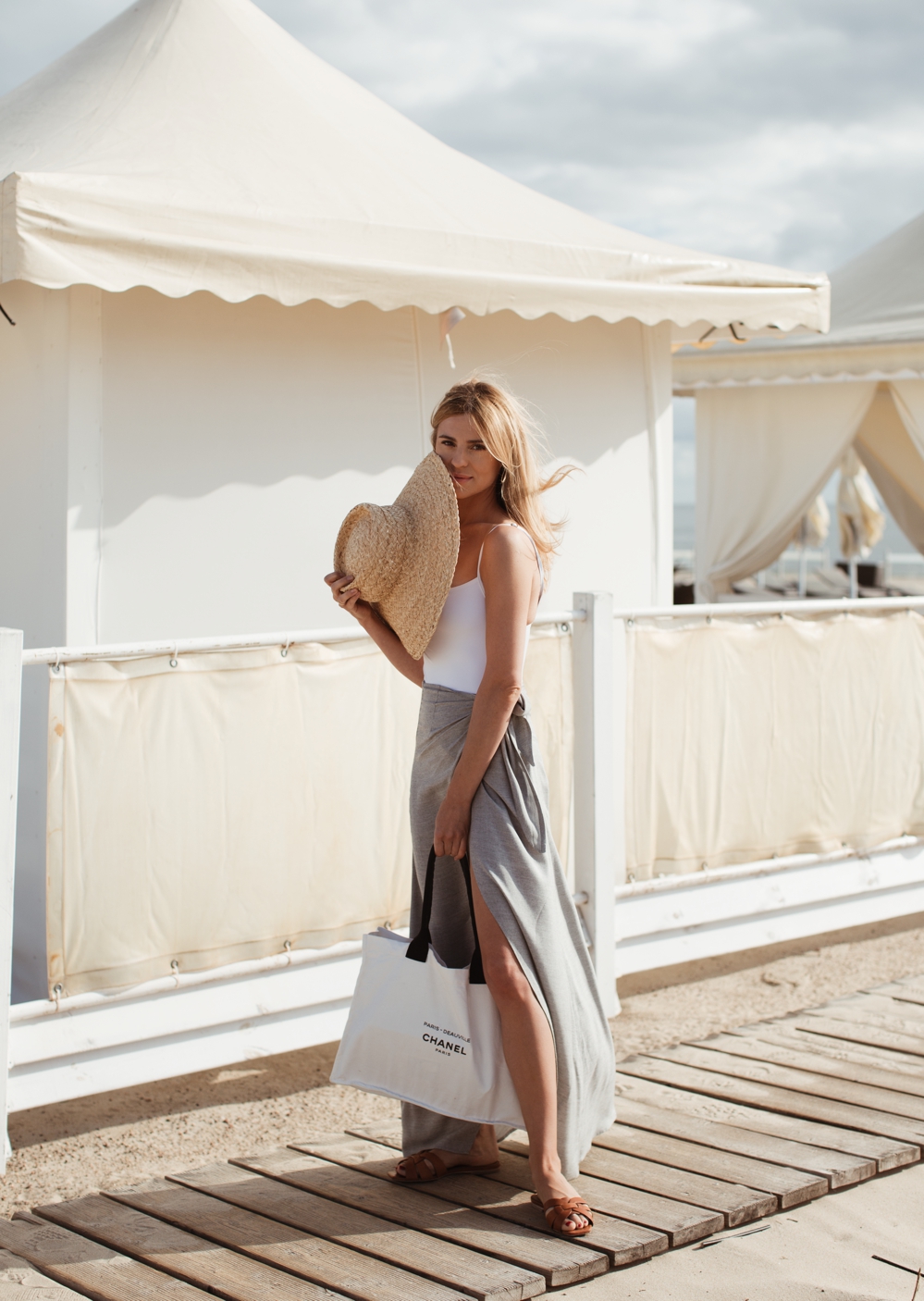
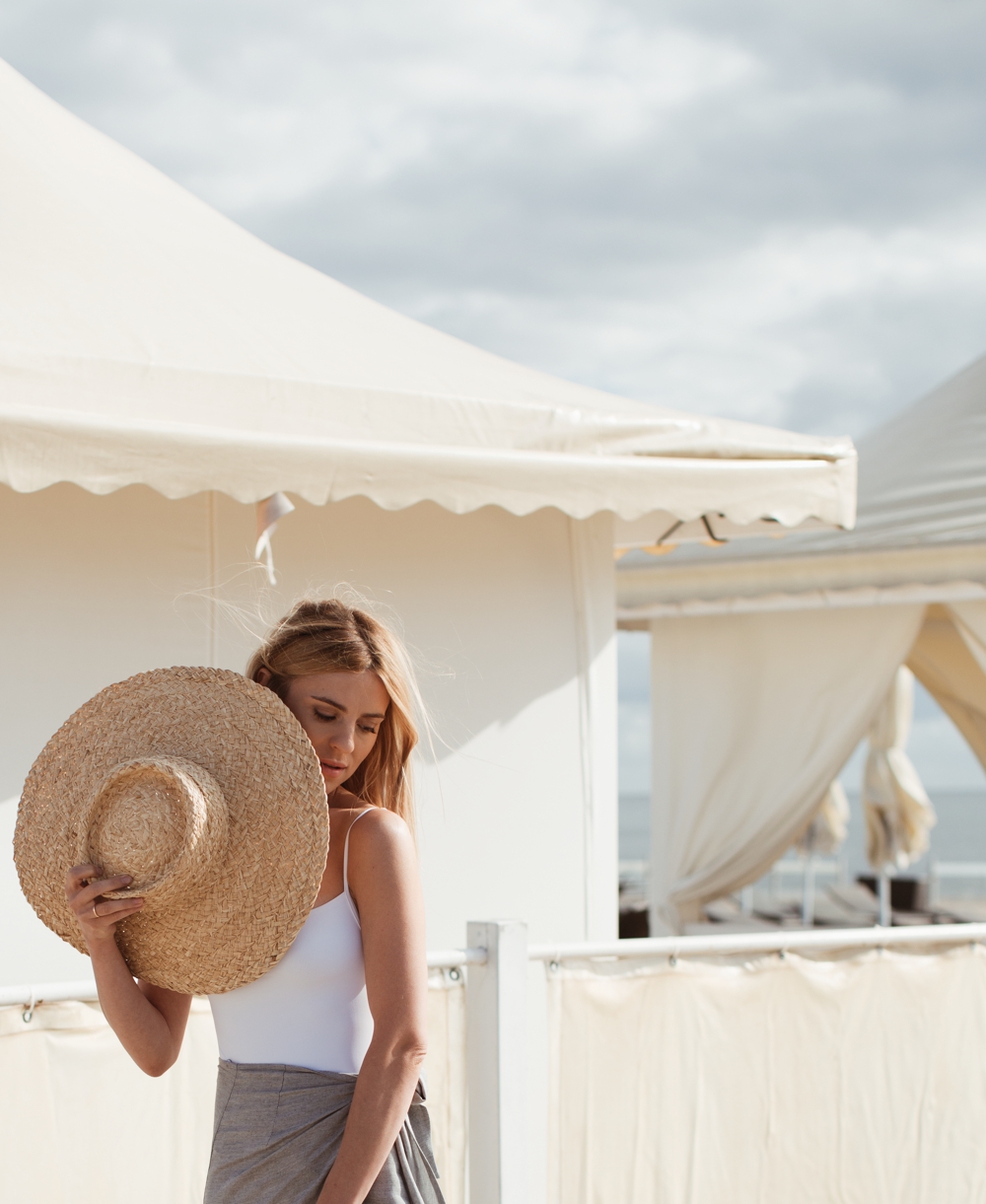







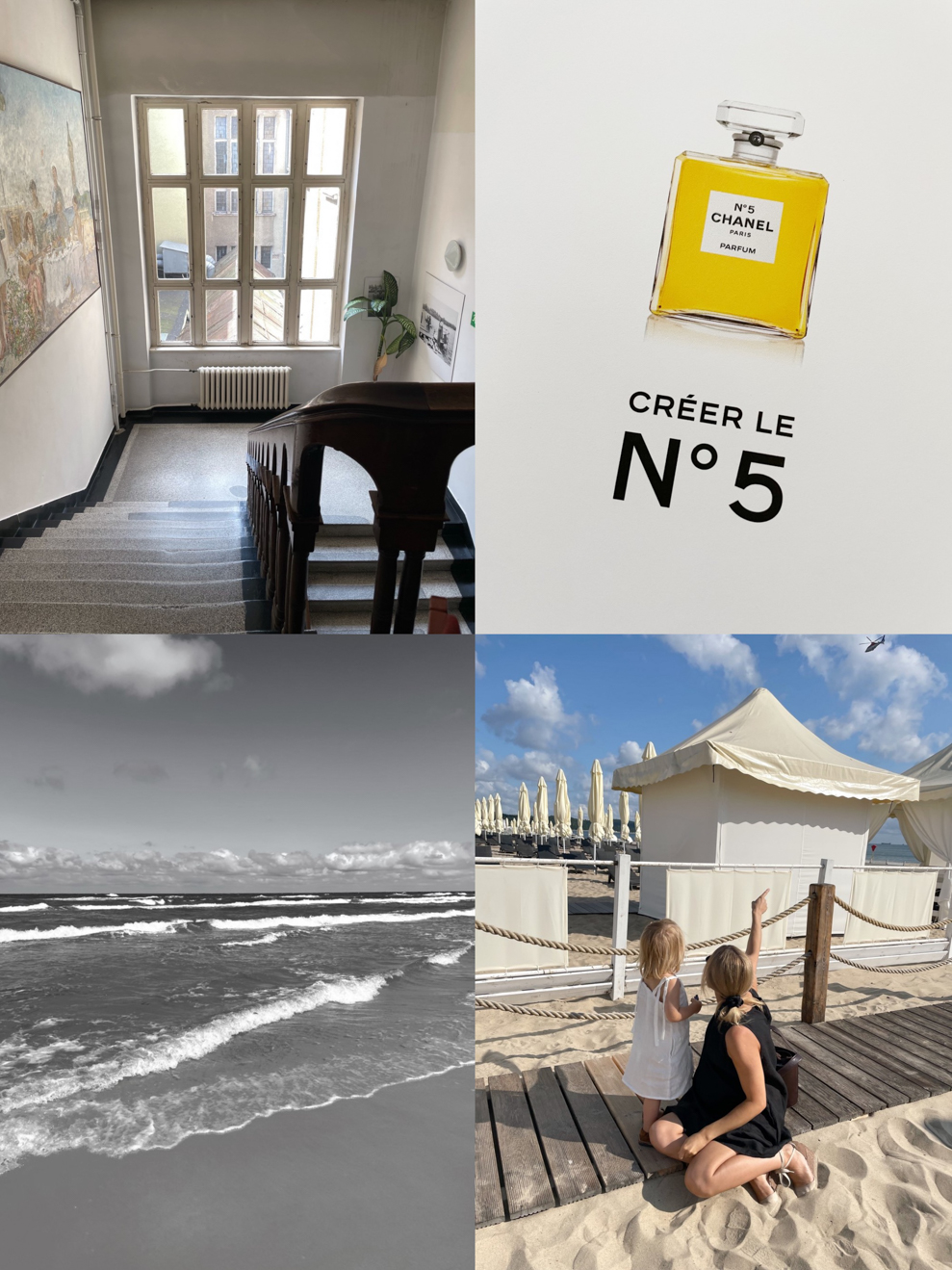
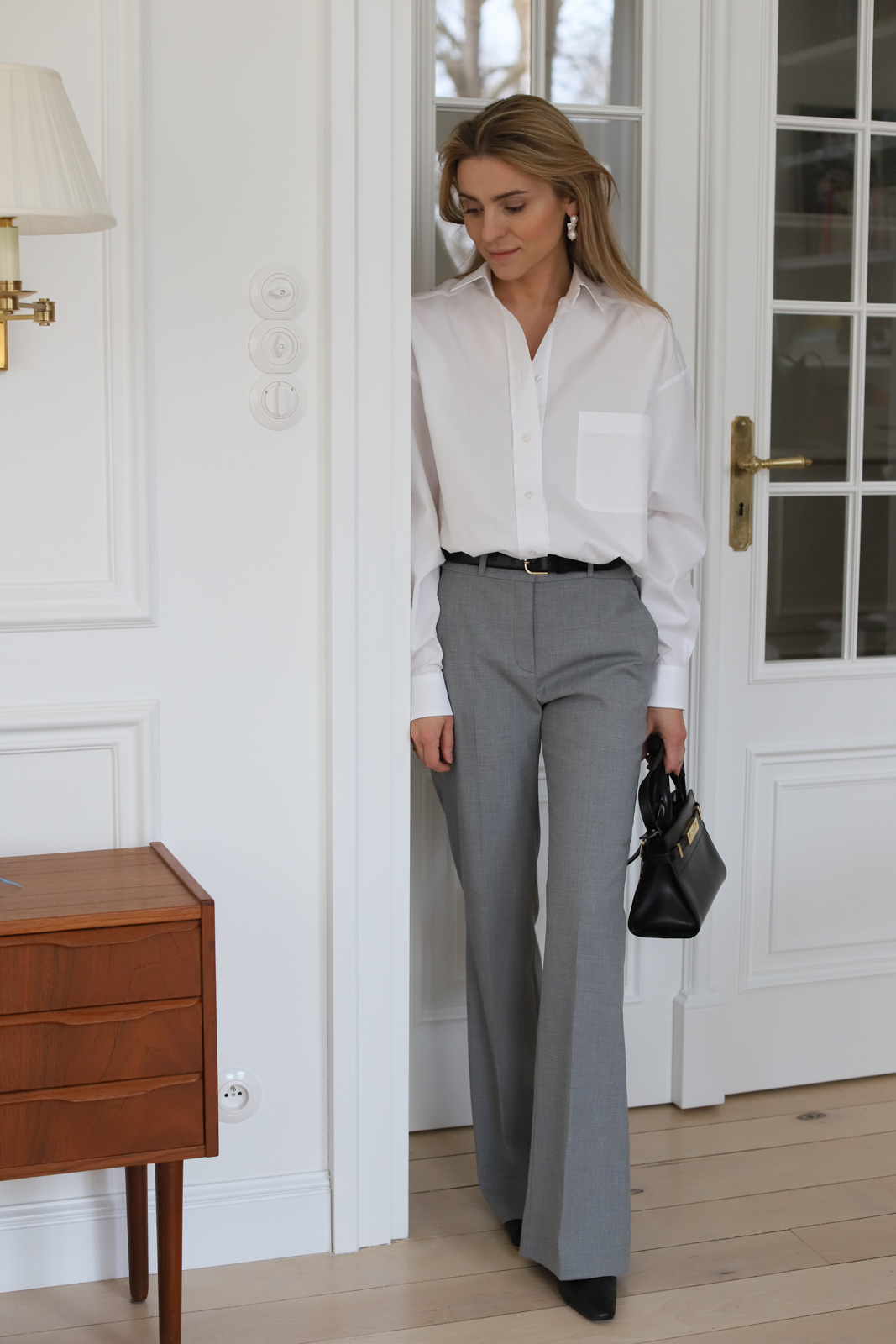

Jeden komentarz
Hej Kasiu, zdradzisz skąd kapelusz? I jaki miałaś rozmiar stroju?
dodany przez Natalia @ 22 marca 2022 o 13:24. #